Antibiotics to bioinformatics: our top ten of 2019
Salmonella, sustainability, reproducibility, bioinformatics, gene editing and evolution: just a few of the topics that make our top ten of 2019.
Salmonella, sustainability, reproducibility, bioinformatics, gene editing and evolution: just a few of the topics in our top ten of 2019.
2019 was a fantastic year for EI, and our communications team has been hard at work bringing the stories of our science to life. Not only did we celebrate our tenth birthday, we opened our doors to the public for Inside EI in May, won an award for our Pink Pigeon Trail in June, and were successful in our bid to take our educational and splendidly fun Bee Trail to the Royal Society Summer Science Exhibition 2020.
We’ve also been all over the news, particularly in light of our role in the Darwin Tree of Life Project, as part of which we’ll be leading the genomic investigations into Britain’s pollinators, protists, and mining genomes for novel pharmaceuticals and more. Our work on cutting edge technologies has also been broadcast to millions, including work on synthetic biology, single cell sequencing, and developing the tools that allow us to quickly diagnose lethal infections in preterm babies.
While we like to send out our most press-friendly pieces to the media, we also write an abundance of engaging content covering a whole range of fascinating topics, which has reached readers in every single nation on earth according to the satisfyingly blue-filled map on our Google analytics page (thanks to our single reader in Chad, we’d love to hear from you). We’re delighted that so many of you worldwide enjoy reading what we have to offer, and that we continue to increase our readership on a monthly basis. We’ve even had articles translated into Indonesian recently!
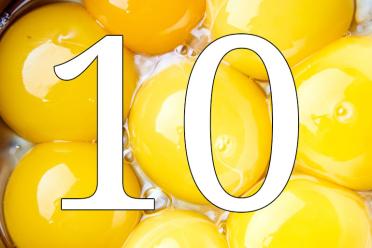
If salmonella wasn’t already bad enough, it’s gone and acquired multi-antibiotic resistance and is causing hundreds of thousands of deaths in immunocompromised patients in sub-Saharan Africa due to its new-found ability to cross from the gut into the bloodstream. Scientists in the Neil Hall Group at EI have been sequencing tens of thousands of strains of Salmonella, while also looking into how bacteria acquire the multi-drug resistance that threatens us all.

Agatha Treveil is a PhD student in her final year in the Tamas Korcsmaros Group. She’s had a fantastic year herself, winning an award for her presentation at a recent conference, while also publishing a pioneering paper that opens the prospect of using computational analysis to find the genetic causes of IBD that have, so far, evaded us.
She gave us a very well-received account of her studies so far, from yoghurt to paneth cells.
As part of our Darwin Tree of Life project, Dr Nicola Patron is leading our efforts into mining genomes for novel bioactive compounds. Her work, featuring new postdoc Dr Melissa Salmon, was featured on BBC Radio 4 recently, while Nicola has also been prominent this year in championing synthetic biology and gene editing technologies, featuring in the Telegraph and also making several appearances in parliament throughout 2019.
The media story reached an estimated online readership (or listenership) of 22.2 million people from just six pieces of coverage. Not bad!
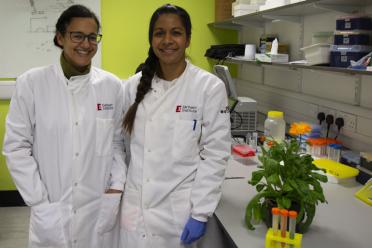
Image: [left] Dr Nicola Patron (lead) and [right] Dr Melissa Salmon (postdoctoral scientist) both from EI who work on the research project with the Asteraceae plants in the lab.

We’re passionate about open source science, and Sherlock is an open source data storage and analysis system for bioinformaticians that was released by the Korcsmaros Group in 2019.
In the words of Máté, who developed the resource:
“Imagine your colleague asks you to give her or him the sequence of all the genes which are highly expressed in the human brain, or asks you to produce a list of all the intracellular molecules which participate in the regulation of these genes."
"Without Sherlock, you have to download six different public databases from the internet, write a dozen scripts, and in general spend a whole day on producing the answers."
“But using Sherlock, you just need 15 minutes to formulate a correct question for the big data query engine, and when you arrive back from the coffee machine with your tasty caffè macchiato, you already have all the data to send to your colleague.”
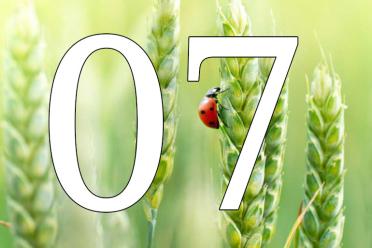
Early last year we were approached by Laboratory News magazine to write a feature on gene editing in the wake of the ECJ ruling that gene editing should be regarded the same as GM when it comes to regulation.
We joined a swathe of scientists and institutes rallying against this ruling, with Nicola Patron and I penning the case to embrace gene editing (and similar biotechnological solutions) from the various perspectives of improved crop diversity, protecting biodiversity and boosting the UK economy.
After all:

Imagine if, in the early twentieth century, we had foregone the use of tractors. It’s a laughable thought, but one that the EU is entertaining in its stance on gene edited crops.

Providing the inspiration for our successful bid to attend the Royal Society Summer Science Exhibition later this year, EI scientists in the Leggett Group along with important collaborators at UEA have developed a novel, quantitative method to understand what plants bees prefer to pollinate. Known as RevMet, the technique allows us to combine the latest DNA sequencing technologies to diagnostically sequence pollen grains found on bees, and then compare their DNA with that of a database of wildflowers. This knowledge can help us to paint a national picture of pollinator preferences, helping us both conserve bees and also better understand what plants compete with our crops.
We thought this story might prove a hit, and indeed it was - with 19 pieces of coverage in the media which reached a potential online readership (and Radio 4 listenership) of a whopping 586 million people!
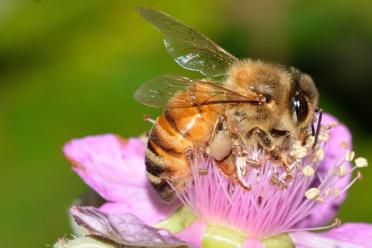
Image: [left] Dr Nicola Patron (lead) and [right] Dr Melissa Salmon (postdoctoral scientist) both from EI who work on the research project with the Asteraceae plants in the lab.

Reproducibility is the crisis that perhaps not enough people are talking about. Alice Minotto made sure that the Dockercon audience were properly filled in (and enthralled, the feedback was fabulous), however, on the usefulness of containerisation tools in improving reproducibility in the life sciences - which is a massive issue.
When a very large proportion of papers cannot be reproduced, we are in quite a spot of bother. After all, as Alice points out in her talk (which you can see here), reproducibility was introduced as one of the central dogmas of science by Boyle many years ago indeed.
In this widely shared article, Alice eloquently guides us through her work in making bioinformatics software more accessible and usable for the wider bioscience community.
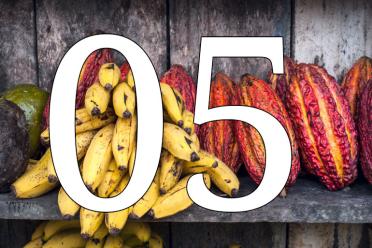
One of EI’s most exciting initiatives, led by Professor Federica Di Palma, has been GROW Colombia. As part of this four year project, Dr Nasmille Larke-Mejia has begun research into sugarcane and soils, which will not only help to inform agricultural practices, but can also boost the socioeconomic landscape of the country.
Read the very interesting piece to find out not just about the science, but its importance and wider context.
Circadian clocks are a fascinating area of research that requires much more investigation, especially after Hannah Rees has published some exciting work from her PhD. She’s helped to develop a technique that allows us to see how different plants respond to day and night. It even looks like this changes as they age. The research will hopefully improve the ability of breeders to pinpoint plants for optimal growth in different regions of the world.
It’s not easy to pitch stories about plant science to the media, but we did ok with this one! Six pieces of coverage reached a potential audience of 15.9 million people.
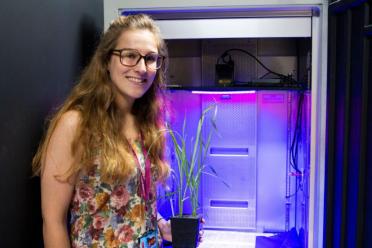
Image: Hannah Rees, a PhD student in Anthony Hall Group at EI, working on a research project to reliably measure plant circadian clocks, and how they respond to day and night.
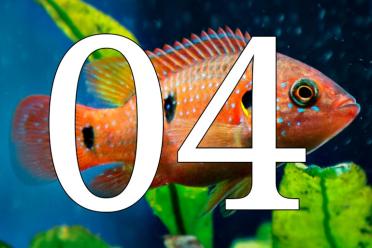
Unsurprisingly, the word surprising helps to sell a story. This one is as fascinating as evolution is indeed surprising, as we asked a bunch of EI scientists (via the internal email system, sorry everyone) to share some common myths and misconceptions about evolution, which we then went and myth-busted via this unique guide to a misunderstood area.
Evolution, in all its glory (or as much as we could fit into an article, anyway).
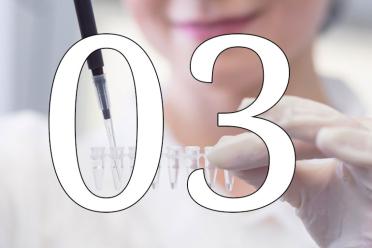
We’ve got loads of PhD students at EI, and they’re a lovely bunch, more than willing to help and all doing some fabulous work with us here. It can be a daunting task, however, to proceed down a studentship. They’re underpaid, but demand a lot of time and effort in order to get to wear the floppy hat and Harry Potter gown come graduation day.
It’s not all gruelling hard work, though. We recommend catching up with Anita, Matt and the gang, to find out how they found their first six months (and we’ll catch up with them once again in the coming months to find out how they’ve settled in further on down the line).
Circadian clocks are a fascinating area of research that requires much more investigation, especially after Hannah Rees has published some exciting work from her PhD. She’s helped to develop a technique that allows us to see how different plants respond to day and night. It even looks like this changes as they age. The research will hopefully improve the ability of breeders to pinpoint plants for optimal growth in different regions of the world.
It’s not easy to pitch stories about plant science to the media, but we did ok with this one! Six pieces of coverage reached a potential audience of 15.9 million people.
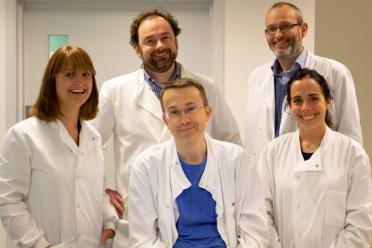
Image:
(front row left) Lindsay Hall - Quadram Institute, Richard Leggett - Earlham Institute, Cristina Alcon - QIB
(back row left) Matthew Clark - Natural History Museum (formerly at EI), Darren Heavens - Earlham Institute
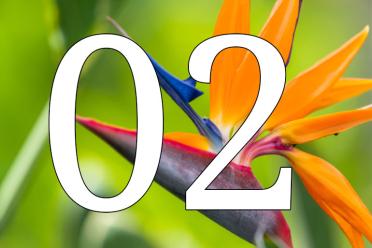
Tricked you! They’re great.
This article was penned as a celebration of plants, which don’t get celebrated enough at all considering they provide us with food in abundance, as well as a rich source of medicines, building materials and other amusements.
Plants are an ‘abominable mystery’ (Darwin said it, not me). Anything but boring (I said that). How can anything that just sits there while nature throws everything at it - and survives - be considered anything other than brilliant (also me)?

We’ve got loads of PhD students at EI, and they’re a lovely bunch, more than willing to help and all doing some fabulous work with us here. It can be a daunting task, however, to proceed down a studentship. They’re underpaid, but demand a lot of time and effort in order to get to wear the floppy hat and Harry Potter gown come graduation day.
It’s not all gruelling hard work, though. We recommend catching up with Anita, Matt and the gang, to find out how they found their first six months (and we’ll catch up with them once again in the coming months to find out how they’ve settled in further on down the line).